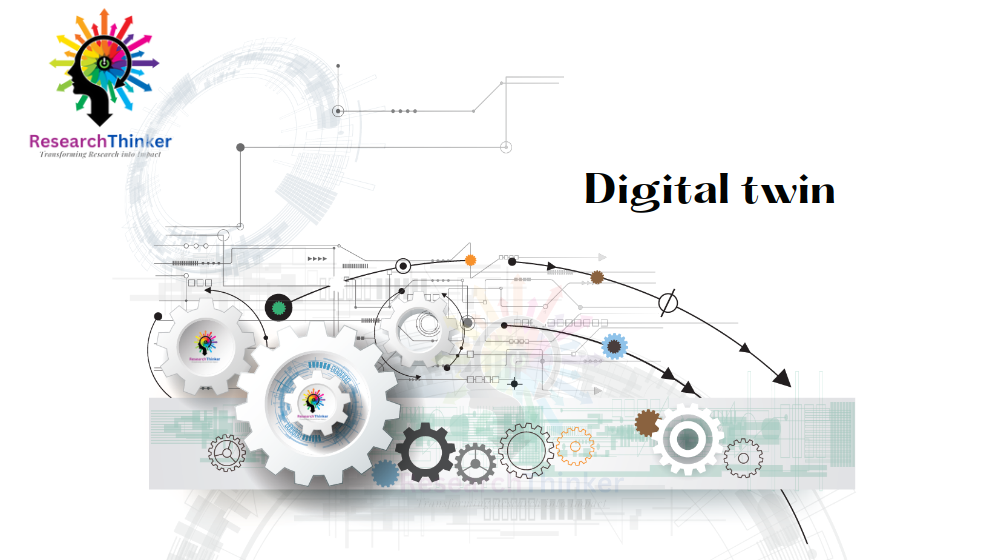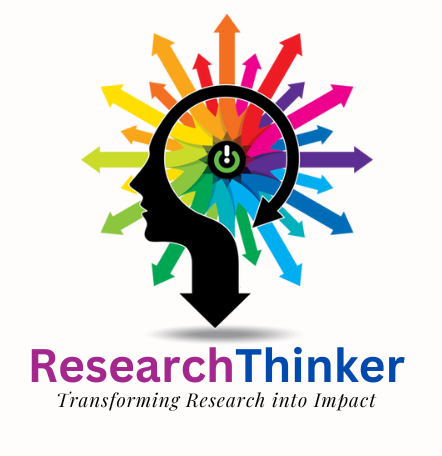- Real-time monitoring: Digital twins achieve real-time monitoring by gathering data from sensors, actuators, and other sources in the physical system and analyzing it in real-time. This information is then used to update the virtual representation of the system, allowing for real-time monitoring and analysis.
- Predictive maintenance: Digital twins use machine learning algorithms and historical data to predict potential problems before they occur. The algorithms analyze patterns in the data and identify anomalies, allowing maintenance and repair to be scheduled in advance, reducing downtime and preventing more serious problems from arising.
- Optimization: Digital twins use data from the physical system to identify inefficiencies and areas for improvement. The algorithms analyze the data and provide recommendations for optimization, reducing waste and increasing productivity.
- Improved safety: By predicting potential problems before they occur, digital twins can help to prevent hazardous situations at work, improving safety for workers. The digital twin can also be used to simulate different scenarios, allowing for the testing of different configurations and ensuring that safety measures are in place.
- Increased speed of work: Digital twins use data from the physical system to optimize performance, reducing waste and increasing efficiency. This results in faster and more efficient work, improving productivity and reducing costs.
- Virtual simulations: Digital twins can be used to run virtual simulations of the physical system, allowing for the testing of different scenarios and configurations without disrupting the actual system. This can be useful for testing new configurations, experimenting with different settings, and improving performance.
- Remote access: Digital twins can be accessed remotely, providing real-time data and insights from anywhere with internet access. This allows for real-time monitoring and analysis, even when the physical system is located in a remote area.
- Interoperability: Digital twins can be integrated with other systems and technologies, providing a unified view of the physical system and allowing for more effective monitoring and analysis. This can be useful for combining data from multiple sources and improving the accuracy of the insights obtained from the digital twin.
Top 8 Digital Twin features
 digital twin
digital twin



